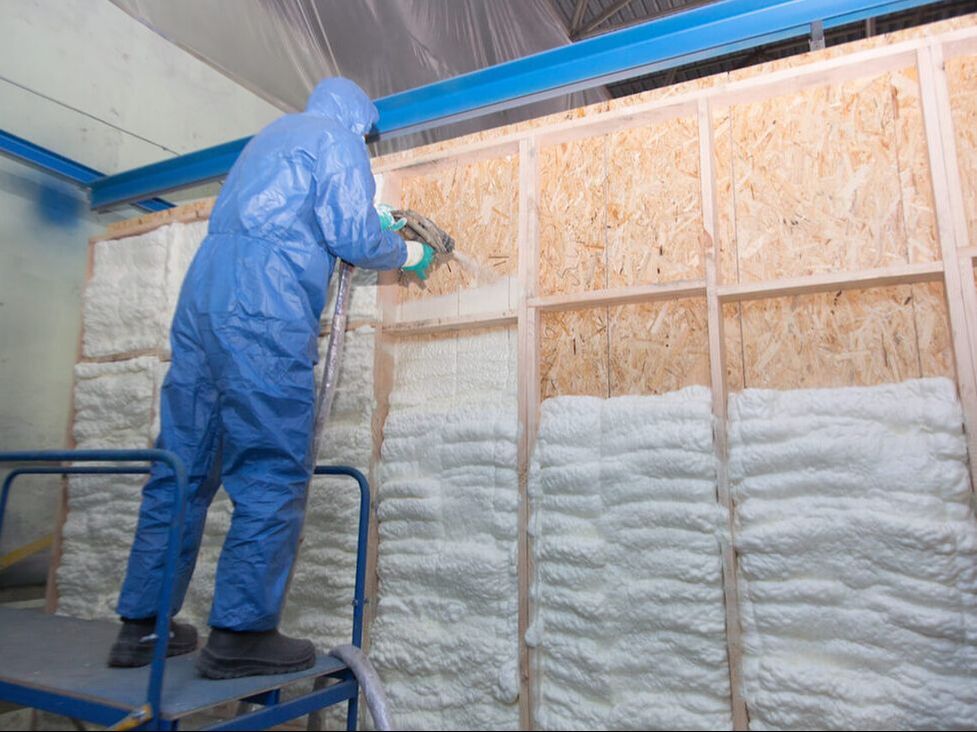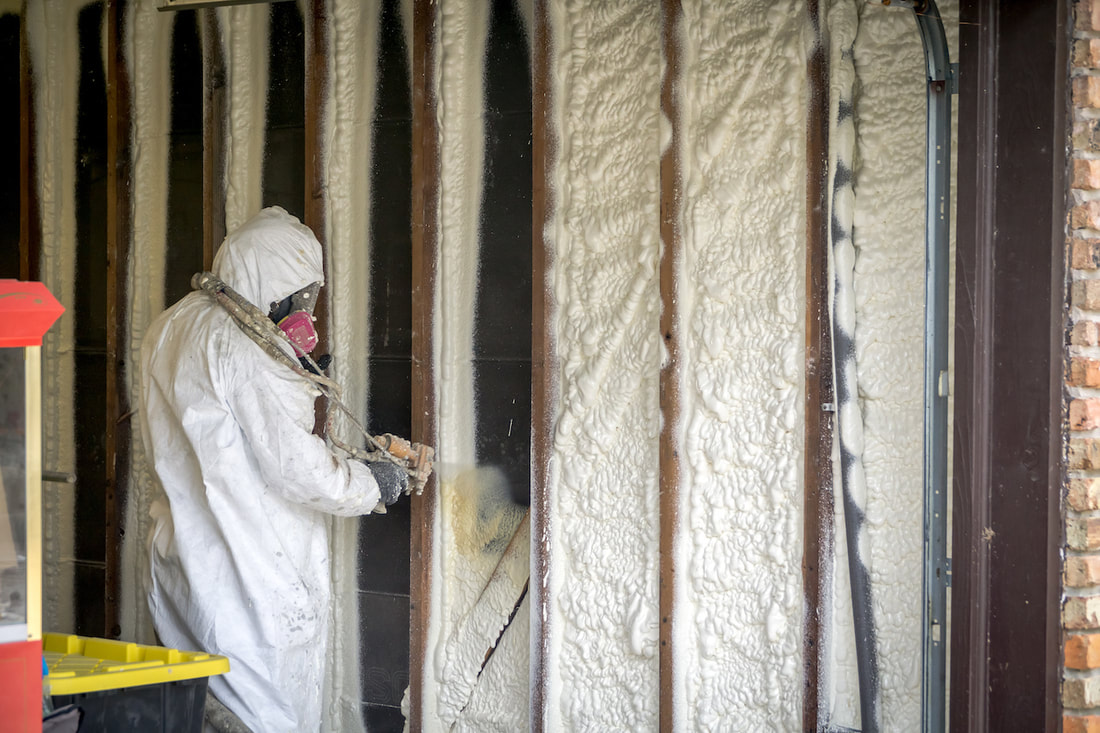Due to its great thermal qualities, spray foam insulation fort myers is becoming progressively more common for attic insulation; however, environmental issues have raised questions on its actual eco-friendliness. We analyze spray foam insulation’s sustainability and environmental effect in the following information. While it offers major energy-saving advantages, production, installation, and the long-term consequences of this should be taken into careful consideration.
Energy Efficiency and Reduction in Carbon Footprint
Spray foam insulation’s great capacity to lower energy consumption is one of the main reasons homeowners and builders pick it for attics. An airtight seal stops air leakage, therefore reducing heating and cooling expenses. Because less energy is needed to sustain acceptable temperatures, a home’s carbon footprint may be significantly lowered. Using spray foam over time can help partially offset the environmental expenses of its manufacture and application.

Environmental Concerns of Spray Foam Production
Made from chemicals, including polyurethane derived from petrochemicals, spray foam insulation contributes to carbon emissions and requires significant energy for its manufacture. Furthermore, some spray foam materials could emit volatile organic compounds (VOCs) during installation, therefore compromising indoor air quality. While technological developments have lessened the environmental risks related to spray foam manufacture, the usage of chemicals generated from fossil fuels still causes questions regarding their general environmental friendliness.
Waste and Longevity
Durable and lasting decades, spray foam insulation is a good thing for lowering the need for regular updates. Spray foam can be difficult to remove and recycle, though, when a building is rebuilt or destroyed. Given it is not biodegradable, its disposal can add to landfill garbage. Spray foam insulation’s long-term environmental effect mostly depends on how it is handled at the conclusion of its life cycle; so, changes in recycling techniques will be absolutely vital to help to lower waste.
Sustainable Alternatives to Spray Foam
Although spray foam insulation has great performance, more sustainable options abound. Eco-friendly, reduced environmental effect insulation alternatives abound from materials such as recycled cotton, sheep’s wool, and cellulose. These products do not depend on petrochemicals; they are biodegradable and have smaller carbon footprints.
Significant energy efficiency gains from spray foam insulation fort myers, which over time can help lower the carbon footprint of a property. But given the use of petrochemicals and the challenges in material recycling, its manufacturing and disposal cause environmental problems. Although it’s a step toward more energy efficiency, homeowners should assess the benefits and drawbacks and look at sustainable options when searching for environmentally friendly attic insulation choices.


